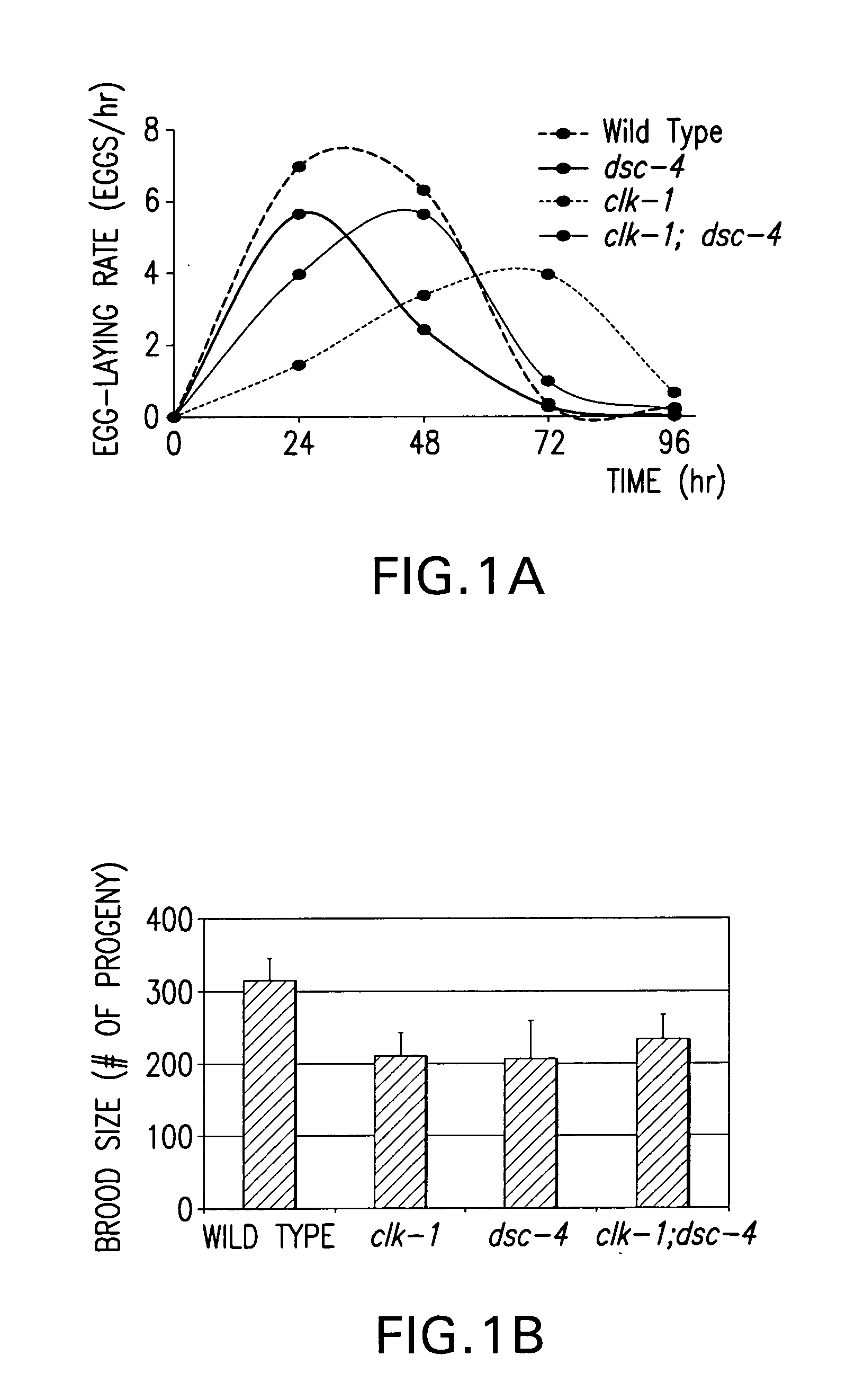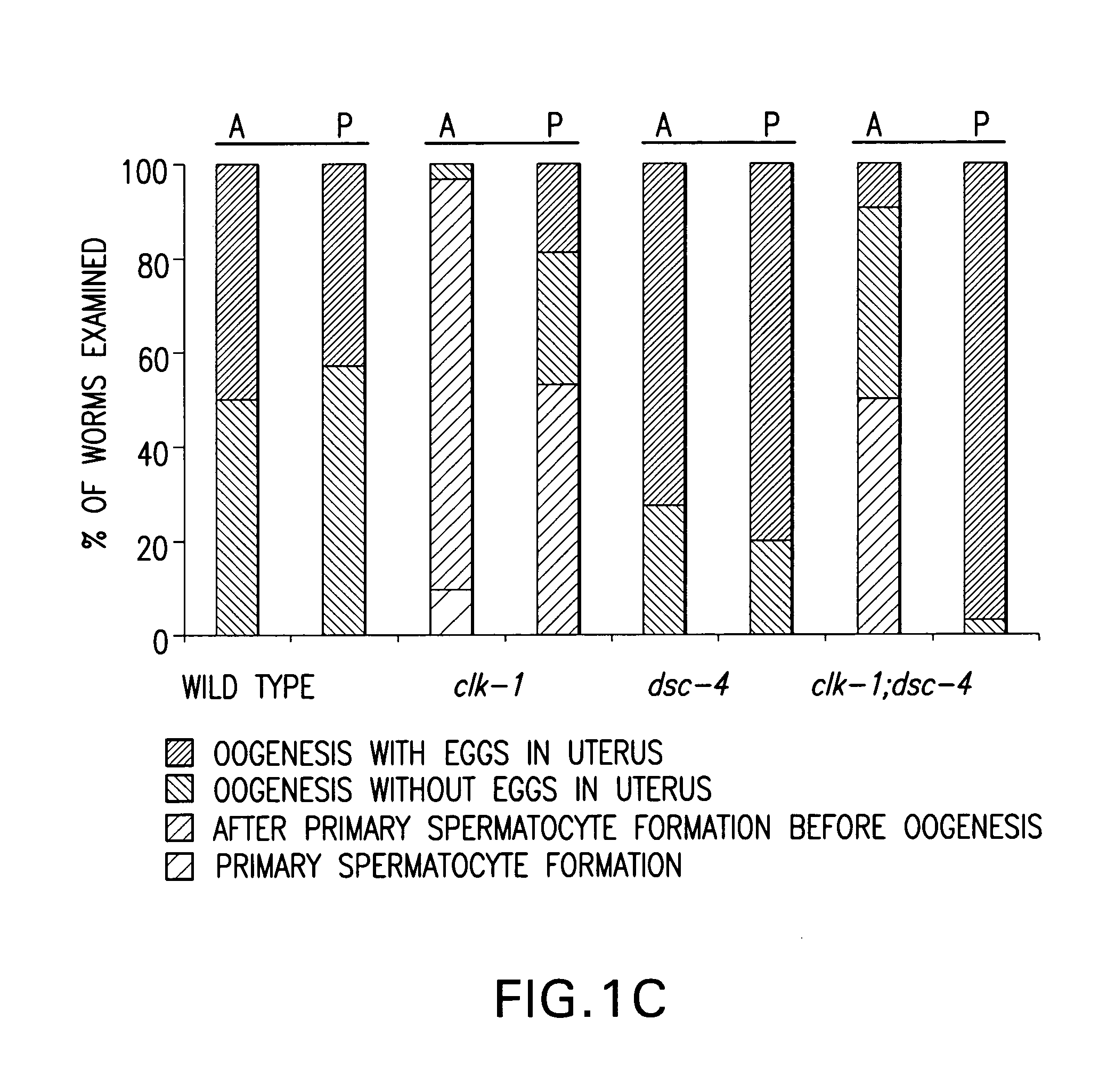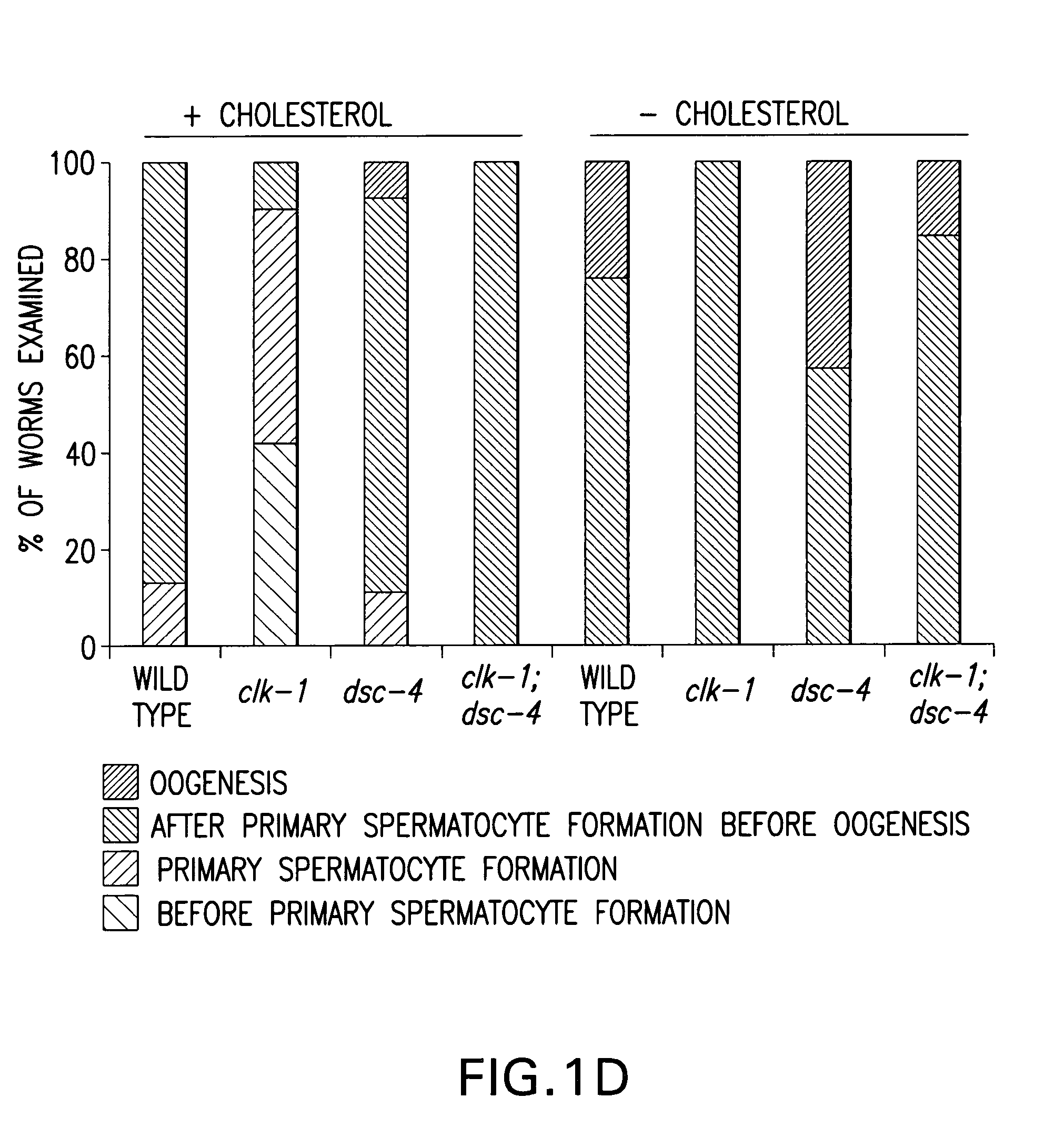Screening assays for targets and drugs useful in treatment and prevention of lipid metabolism disorders
- Summary
- Abstract
- Description
- Claims
- Application Information
AI Technical Summary
Benefits of technology
Problems solved by technology
Method used
Image
Examples
first embodiment
[0283] In a first embodiment, electrophoresis is used to identify test compounds capable of binding a MOLL polypeptide of the invention. In general, a MOLL polypeptide of the invention bound to a test compound is larger than an unbound MOLL polypeptide of the invention. Electrophoretic separation based on size allows for determination of such a change in size. Any method of electrophoretic separation, including but not limited to, denaturing and non-denaturing polyacrylamide gel electrophoresis, urea gel electrophoresis, gel filtration, pulsed field gel electrophoresis, two dimensional gel electrophoresis, continuous flow electrophoresis, zone electrophoresis, agarose gel electrophoresis, and capillary electrophoresis can be used.
[0284] In a preferred embodiment, an automated electrophoretic system can be used, including, but not limited to, those systems comprising a capillary cartridge (see e.g., U.S. Pat. Nos. 5,885,430; 5,916,428; 6,027,627; and 6,063,251) or a chip (see e.g., U...
second embodiment
[0286] In a second embodiment, size exclusion chromatography is used to identify test compounds capable of binding MOLL polypeptides of the invention. Size-exclusion chromatography separates molecules based on their size and uses gel-based media comprised of beads with specific size distributions. When applied to a column, this media settles into a tightly packed matrix and forms a complex array of pores. Separation is accomplished by the inclusion or exclusion of molecules by these pores based on molecular size. Small molecules are included into the pores and, consequently, their migration through the matrix is retarded due to the added distance they must travel before elution. Large molecules are excluded from the pores and migrate with the void volume when applied to the matrix. In the present invention, a MOLL polypeptide of the invention bound to a test compound will be larger, and thus elute faster from the size exclusion column, than an unbound MOLL polypeptide.
third embodiment
[0287] In a third embodiment, mass spectrometry is used to identify test compounds capable of binding polypeptides of the invention. An automated method for analyzing mass spectrometer data which can analyze complex mixtures containing many thousands of components and can correct for background noise, multiply charged peaks and atomic isotope peaks is described in U.S. Pat. No. 6,147,344. The system disclosed in U.S. Pat. No. 6,147,344 is a method for analyzing mass spectrometer data in which a control sample measurement is performed providing a background noise check. The peak height and width values at each m / z ratio as a function of time are stored in a memory. A mass spectrometer operation on a material to be analyzed is performed and the peak height and width values at each m / z ratio versus time are stored in a second memory location. The mass spectrometer operation on the material to be analyzed is repeated a fixed number of times and the stored control sample values at each m...
PUM
| Property | Measurement | Unit |
|---|---|---|
| Fraction | aaaaa | aaaaa |
Abstract
Description
Claims
Application Information
 Login to View More
Login to View More - R&D
- Intellectual Property
- Life Sciences
- Materials
- Tech Scout
- Unparalleled Data Quality
- Higher Quality Content
- 60% Fewer Hallucinations
Browse by: Latest US Patents, China's latest patents, Technical Efficacy Thesaurus, Application Domain, Technology Topic, Popular Technical Reports.
© 2025 PatSnap. All rights reserved.Legal|Privacy policy|Modern Slavery Act Transparency Statement|Sitemap|About US| Contact US: help@patsnap.com



